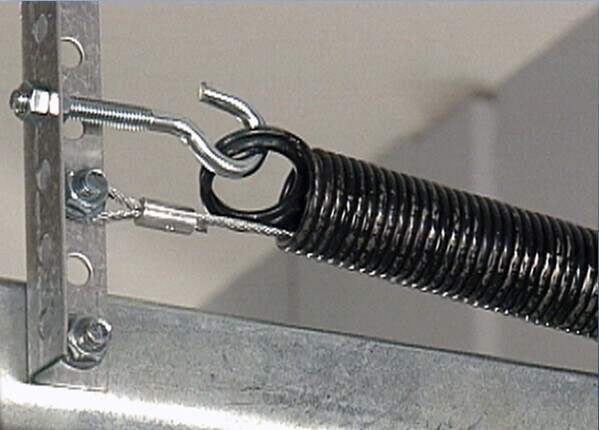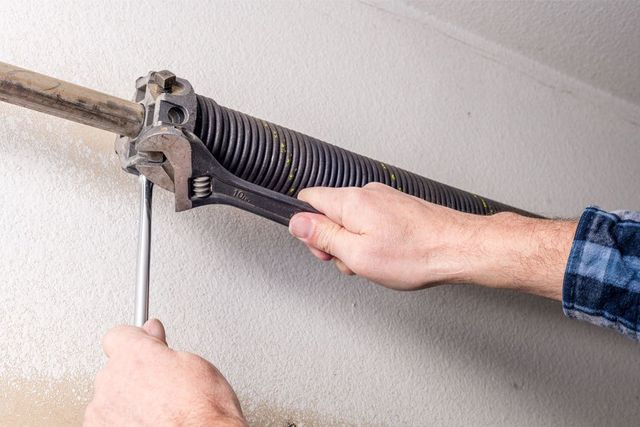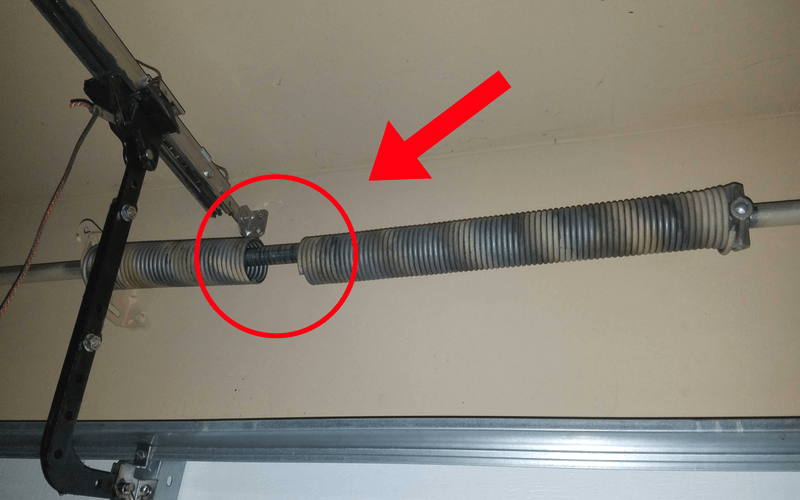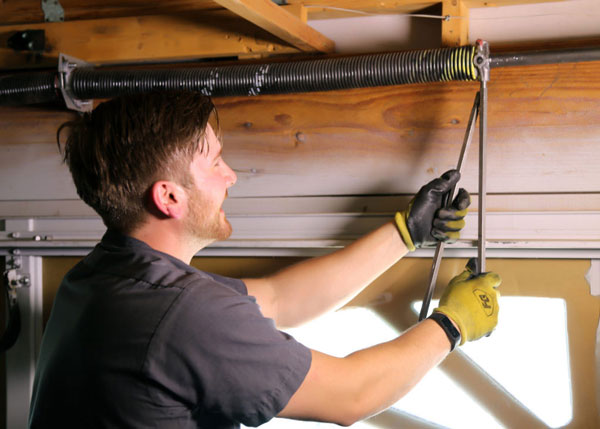A Comprehensive Guide to Garage Door Springs: Torsion vs. Extension
Editor by chat.openai.com Launch by SHAW from Hengsheng
Torsion Springs vs. Extension Springs:

Torsion Springs: Mount torsion springs horizontally above the garage door to store energy by twisting or winding. They offer several advantages, including providing smoother operation, a longer lifespan (typically 10,000-20,000 cycles), and better balance for the door. People generally consider torsion springs safer because they are less likely to suddenly break.
Extension Springs: Mount extension springs on the sides of the garage door and allow them to stretch to provide the necessary force to lift the door. You’ll find extension springs more commonly in older garage door systems. Although they are less expensive initially, they typically have a shorter lifespan (around 5,000-10,000 cycles) and are considered less safe because they can potentially cause more damage if they break.
!Recommendation!: Typically, engineers prefer torsion springs over extension springs due to their safety and longevity. If you have extension springs, it’s often a good idea to consider upgrading to torsion springs when it’s time for a replacement.
Signs of a Failing Garage Door Spring:

Difficulty Opening or Closing: If you notice that your garage door struggles to open or close or operates unevenly, it could indicate that one or both of the springs have worn or become damaged.
Loud Noises: Hearing loud banging or popping sounds when operating the garage door clearly indicates spring issues.
Visible Wear and Tear: Visually inspect the springs. If you see gaps, rust, or visible damage, it’s a sign that the springs are nearing the end of their lifespan.
Sudden Door Drop: If your garage door suddenly drops or slams shut, this could signal a broken spring. In such cases, it’s crucial to stop using the door immediately and seek professional assistance.
Repair vs. Replacement:

Spring Replacement: If your garage door springs are the only issue, replacing them represents a cost-effective solution. However, it’s important to have a professional assess the overall condition of the door and its components to ensure that other parts have not worn or become damaged.
New Door Replacement: If your garage door is old, severely damaged, or lacks modern safety features, replacing the entire door may prove more cost-effective in the long run. Additionally, if you have extension springs and want to upgrade to torsion springs for safety and efficiency reasons, this could be an ideal time to consider a new door.
Choosing the Right Professional:

When it comes to repairing or replacing garage door springs, make sure to hire a qualified and experienced garage door technician. Attempting to handle spring repairs yourself can be dangerous and may result in injuries or further damage to the door.
A reputable technician will not only diagnose the issue accurately but also recommend the most suitable solution based on your specific needs and budget. They will use high-quality replacement springs and ensure your garage door operates safely and smoothly.
Conclusion:
Understanding the differences between torsion springs and extension springs, recognizing signs of a failing spring, and making the right choice between repair and replacement are essential aspects of garage door maintenance. Prioritizing safety and seeking professional assistance when needed will ensure your garage door functions reliably and securely for years to come. Trust the experts to keep your garage door in top condition, providing convenience and peace of mind for your home or business

